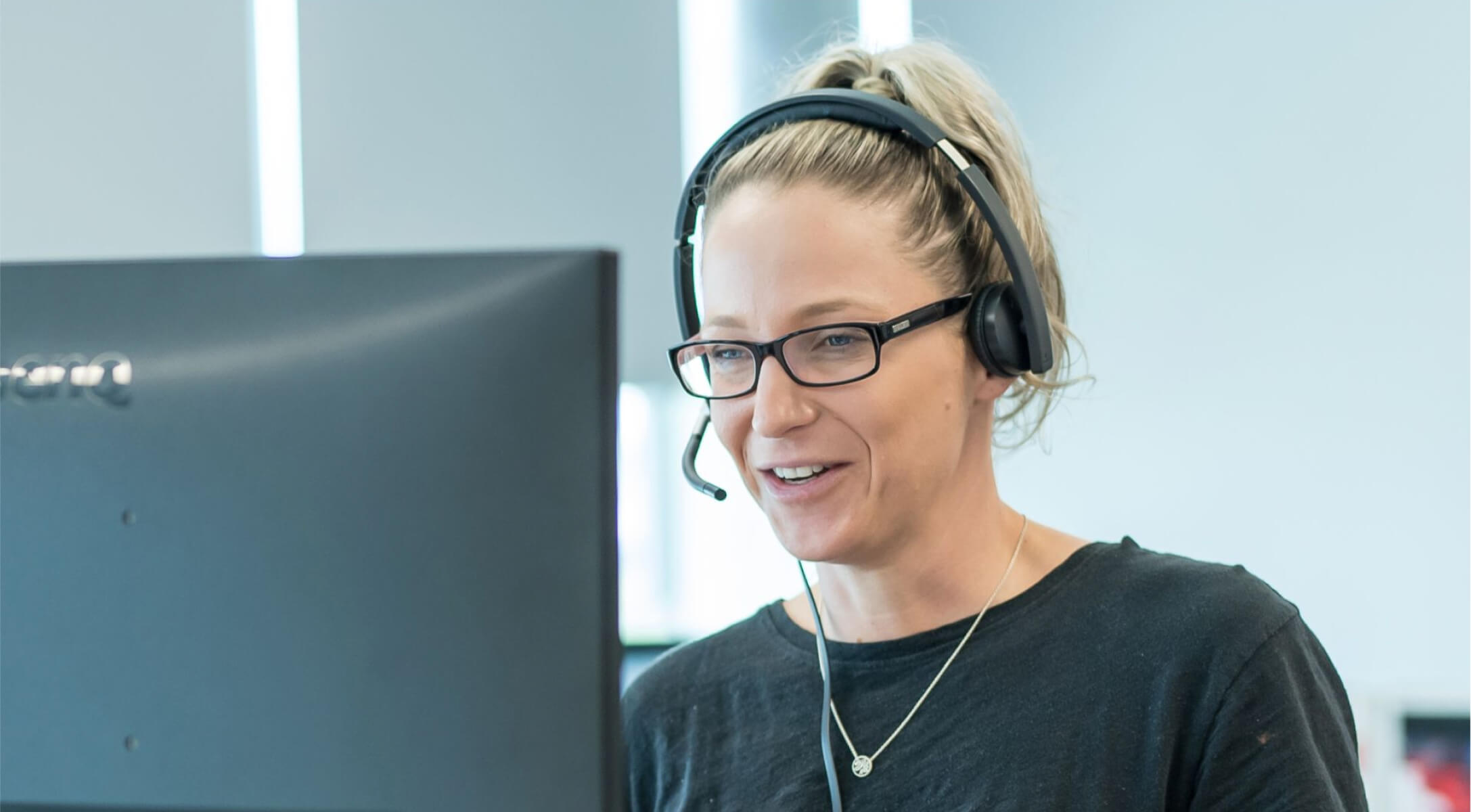Open currently has around 35 staff with hubs in Sydney, the Sunshine Coast and Queenstown in NZ. With another hub opening in the UK later this year, how we operate across these hubs will continue to be tested and optimized. For now, this is what we’re doing and how we’re doing it.
“Jason (Co-founder and Co-CEO) is in New Zealand, while Andy (COO) and the Operations team are in the Sunny Coast, and then Nate (direct manager) is in Perth at the moment, and I’m here!” Jonathan (Co-founder and Co-CEO) said with a grin, as I was getting the office tour on my first day at Open.
By midday I’d spoken to team members across 3 different time zones and was very quickly becoming accustomed to this new way of working.
At Open, we operate with freedom and responsibility.
What we mean by that is everyone at Open is expected to have the skills required to achieve their goals. This includes deciding on how to work and collaborate.
Rather than set specific company rules requiring people to be in the office, everyone at Open has the freedom to choose how they work, whilst taking accountability for their productivity and impact on others.
These expectations create systems of working that not everyone is used too. New team members often require an adjustment period as they come to terms with this digitally powered working environment, I know I certainly did.
In order to make this work, at Open we stick to a few standards in order to create some rhythm and routine each week.
The best way to showcase this, is to take you through the average week at Open.
Weekly rhythm
Monday morning we start with the all_teams where team leads get together in person and online and go through the week prior and present the priorities each team is working on for the week ahead. It’s here where we collaborate, question each other and allocate resourcing if needed. It’s a great way to make it clear what projects are being blocked or need more attention to ensure we remain efficient.
Wednesday we have our hub_lunch where Open puts on a spread for lunch and everyone comes in to work at their local hub for the day. A nice way to keep up with those people you might not collaborate with and keep the office banter alive. This is my favourite day of the week.
Friday early afternoon we have our all_hands where all staff join for the Open news of the week. We speak more in depth about our approach to all_hands here but it’s a nice combination of transparent business updates, with a few laughs thrown in the mix.
Daily systems
On top of these regular meetings, there are a number of other initiatives that keep our distributed teams moving.
Daily catch ups with direct managers are a necessity for all teams. Whether it’s a standup or a more casual format, it’s critical that there is visibility on everyone’s work.
A digital view of each team’s workflow is also critical for visibility in distributed teams. At Open we use Monday.com and JIRA (for the developers), and previously I’ve used Asana as well. Each works well for different businesses, but personally, I find Monday.com the best digital experience. What this digital workflow provides is the ability for other teams and managers to quickly check what each team is working on at any given moment, making sure what’s blocked is unblocked and everyone has what they need to progress.
Instant messaging services have come a long way in the last few years, and are so important for distributed teams. I’m sure it would come as no surprise that we use slack – you’re not a modern tech business if you don’t use slack – but any IM software will work. Communication with a team member is light years faster with an IM service than email.
Respect the timezones
While we want to be as accessible as possible across our digital platforms, we do respect time zones and lunch breaks. It’s important to switch off and rest outside of work hours, and that can be difficult if you’re in the New Zealand hub and someone is slacking you at 5pm Perth time, and you’re finishing off the last episode of Grey’s Anatomy for the night.
These are just a few of the standards and systems we’ve put in place in order to facilitate distributed teams. With an office opening in the UK later this year, our approach will be tested, and like all things we do, it’s likely it will need to be adapted and optimized.
At Open, we’re making insurance simple with innovative tech, and we’re doing it with teams all over the world. I’m looking forward to speaking to the new team members just after they’ve taken their digital trip around the world to complete their onboarding.
We’d love to hear how other teams manage this. Please let us know in the comments if your workplace also works with distributed teams, and the lessons you’ve learned.



.webp)